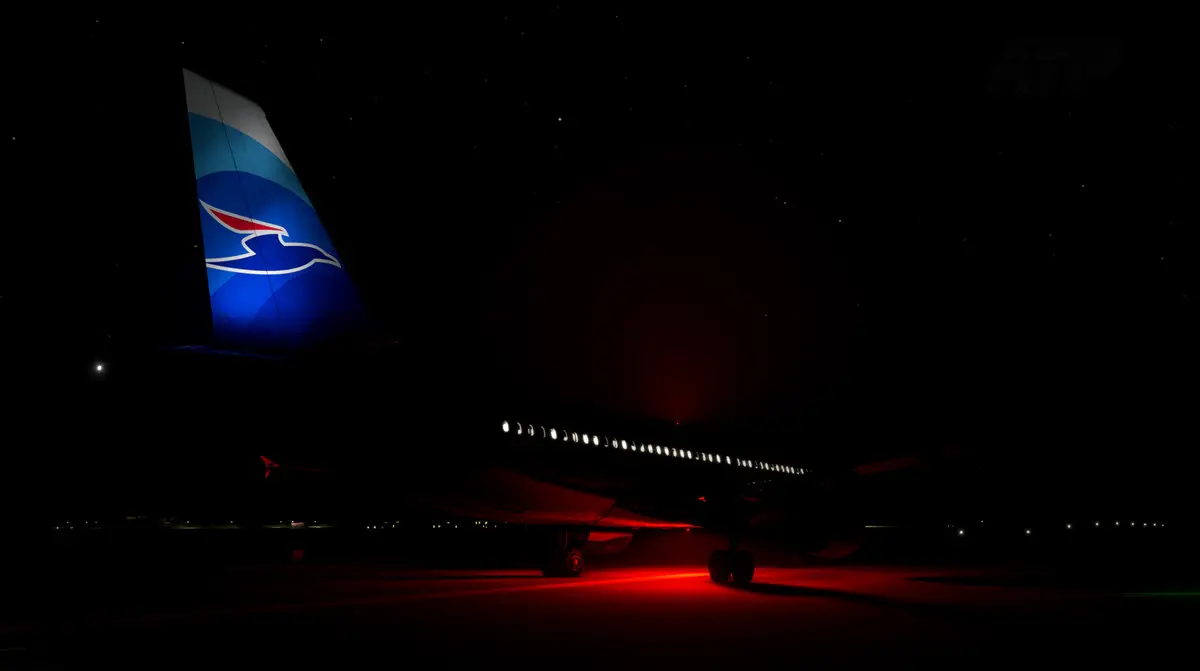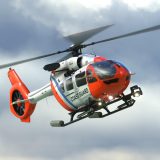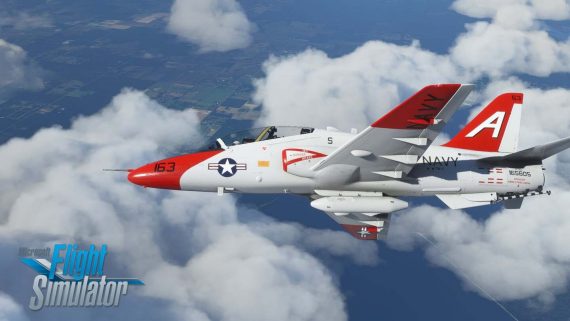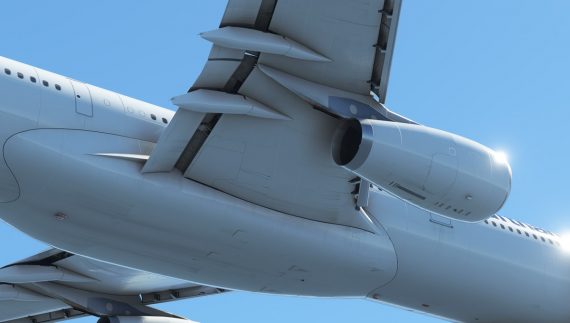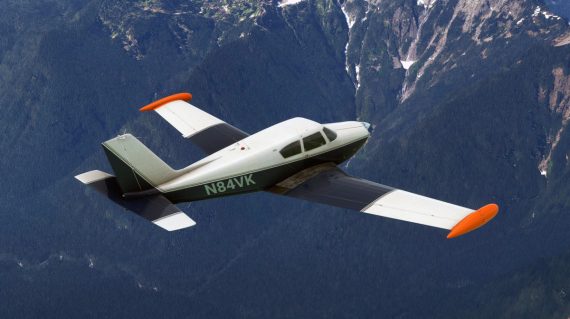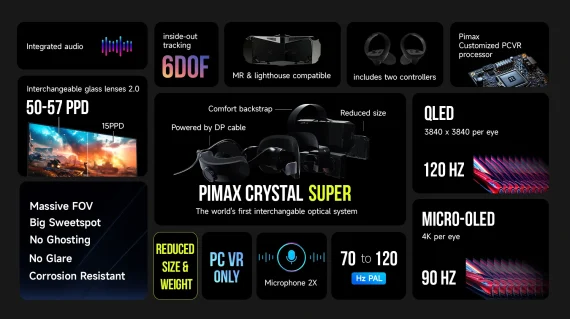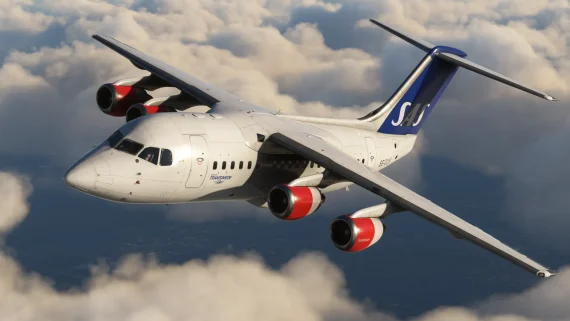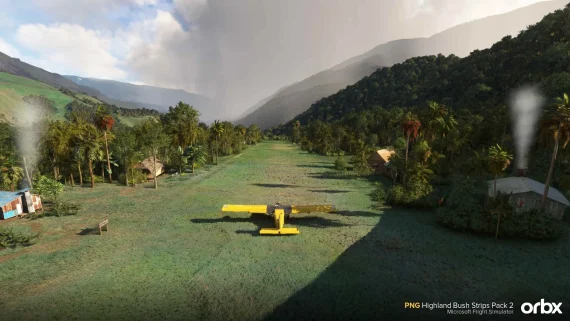The Fenix A320 celebrates its 1st Anniversary. Here’s what lies ahead for this remarkable aircraft
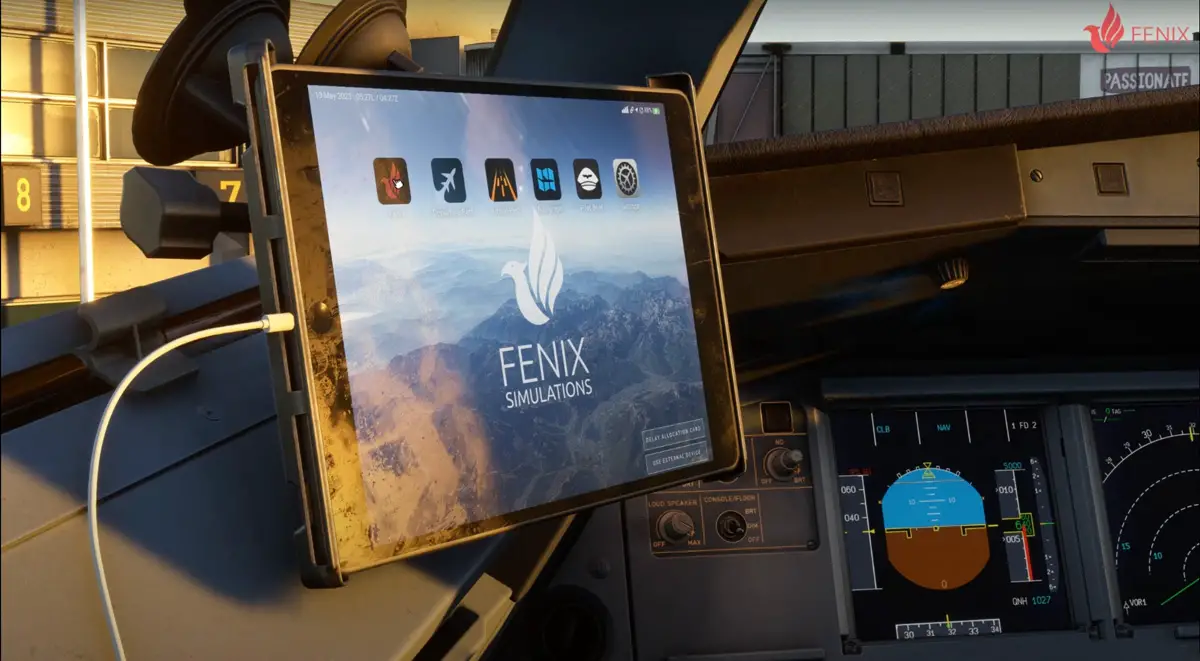
One year ago, the Fenix A320 made its debut in Microsoft Flight Simulator, earning universal acclaim from the flight sim community. It’s still impressive how a seemingly unknown bunch of developers managed to create what is easily one of the most impressive feats we’ve ever seen in the history of flight simulation. Yes, the Fenix A320 is indeed that good.
During the past year, the team behind the A320 has not only sustained but grown the business, thanks to the unwavering support of MSFS simmers. As Fenix celebrate the first anniversary of the A320’s launch, they are also looking ahead, unveiling their plans for the next major update to the aircraft (V2.0) in a spectacular blog post from Aamir Thacker. The whole thing is well worth a read, but here’s our quick summary if you’re short on time.
The Strategic Decision for a Major Update
As we know, Fenix has made a strategic decision to pause work on short-term updates in favor of a larger, more substantial single update. This update will address a number of fundamental issues and improvements to the product. The decision was not taken lightly, as it meant pausing the process of constantly patching the public version of the A320. However, the team believes that this approach will yield the best results for their users, even if it may be frustrating in the short term. They are confident that the results of this process will justify the temporary inconvenience.
The IAEs: A Major Focus
The IAE engines have been a significant focus for the team over the past six months. The engines have now been pushed to beta, featuring Fenix’s proprietary external engine model technology. This technology required thousands of man-hours of work, including data collection, organization, and interpretation. The result is a physics model for turbofan engines that is networked into the sim and aircraft, providing a high degree of accuracy. The team has shared a couple of videos demonstrating this dynamic as the engines cool down after shutdown.
Overhauled Display Graphics and Fonts
The team has completely rebuilt the display graphics and fonts from scratch for absolute accuracy. This was in response to customer feedback about various elements being out of proportion, fonts being incorrect, and shapes being inexact. The new displays and fonts have been built in-house, using hundreds of high-resolution reference images from real aircraft. The team is pleased with the results so far, but work continues on this project. They have shared a before-and-after comparison of the old and new set of displays, demonstrating the substantial difference between the two.
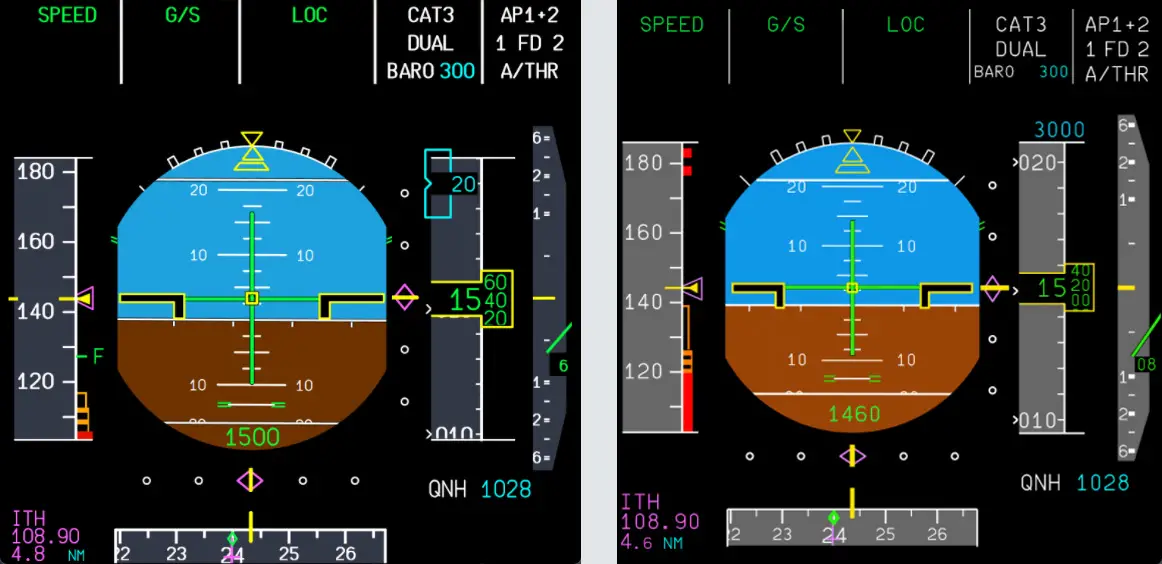
Graphics and Performance
The Fenix team is also working on improving the graphics and performance of the A320. The goal is to achieve a noticeable and meaningful performance boost and reduce the VRAM/memory consumption of the artwork, while increasing the detail and accuracy. The team has been investigating all applicable display rendering methods, both internal and external, and are building upon a method that has shown very encouraging results from testing.
They have also been working on reducing VRAM usage without compromising on visual quality. This involved rebuilding the exterior model almost from scratch, and tearing the cockpit down to its basic underpinnings, then rebuilding both with a new understanding of MSFS resource utilization. The team has shared a preview of the new shadow-casting lights that have zero performance hit compared to standard/default lights.
Flight Model Improvements
The flight model of the A320 has also been improved, with a focus on polishing off certain phases of flight that were suboptimal. The fixes were targeted at improving crosswind takeoffs and landings, takeoff pitch input for rotation, and landing bounce. The team has spent hundreds of hours investigating and tuning these areas to improve the flying experience. A couple of before-and-after videos showing the improvements in crosswind takeoffs and landings are also available from Fenix.
A faster a more feature-rich EFB
Fenix is also introducing significant improvements to the EF of the A320. The team has rewritten the foundation of the EFB, transitioning from a pure Javascript and PHP codebase to a modern Angular front-end application powered by a C# backend. This shift not only streamlines the development process but also accelerates the development of new EFB features with greater flexibility and extensibility.
One of the standout improvements from this rewrite is the swift navigation between “apps”. The team has removed the transition effects between page loads, resulting in a more fluid experience and reduced loading times. The performance enhancements extend to each app, with significant improvements in the calculation of v-speeds and landing data. The calculation logic has been moved from the cloud to the client side, resulting in nearly instantaneous calculations.
The team has also introduced the ability to add a custom runway intersection, a feature much requested by users. If the intersection you’d like to depart from isn’t already in the EFB, you can simply add your own, and your v-speeds will be calculated using the runway length available to you.
Additional quality-of-life improvements include the option to disable the lock screen, reduced time to unlock the lock screen with the fingerprint, a new virtual keyboard with physical keyboard input support, improved responsive styles supporting more display sizes and resolutions, and the addition of IAE performance data for the calculators.
It’s all wrapping up to be awesome, but there’s no clear release schedule in sight
Version 2.0 of the Fenix A320 is clearly looking mighty impressive and a significant undertaking from the team. However, there’s no clear indication of a release date. There’s some hope it may come out sometime during this summer, but no official word on that. In the meantime, the Fenix A320 remains a fundamental airliner experience in MSFS, so there’s no reason one cannot enjoy the product in its current state.
Anyway, this is it for your Sunday reading. Keep an eye out for upcoming updates!





